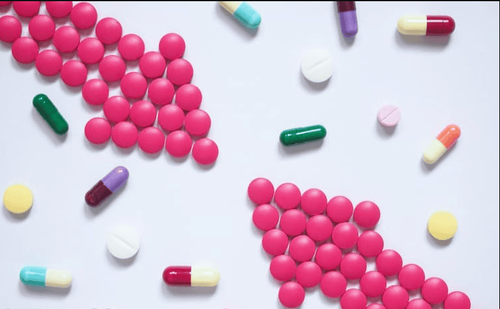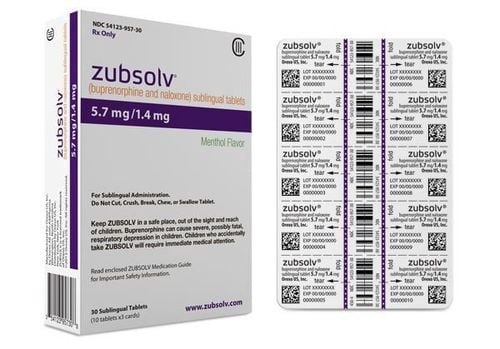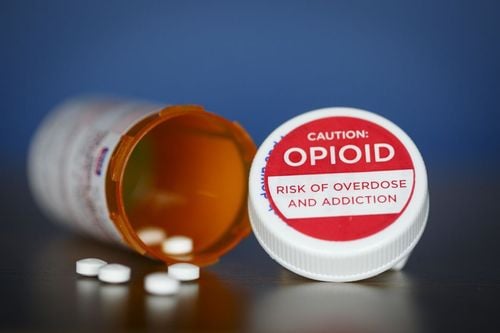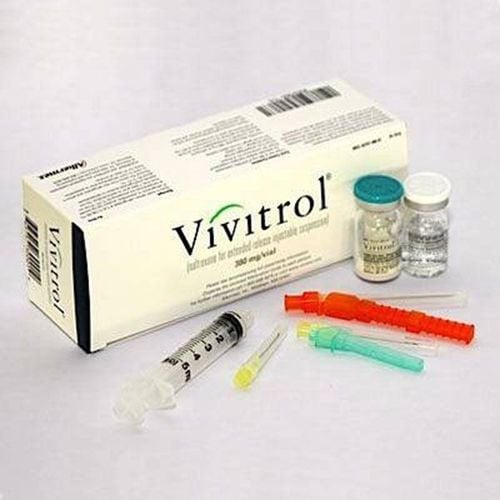This is an automatically translated article.
Opioids can be addictive if taken in high doses or for a long time. In these cases, it is necessary to use drugs to support detoxification such as Lofexidine products. So what are the effects of Lofexidine and what should be noted during use?1. What is Lofexidine used for?
What is Lofexidine used for? Lofexidine is used to relieve withdrawal symptoms caused by discontinuation of opioid medications. Lofexidine is part of a treatment program for people with drug addiction (including compliance monitoring, counseling, behavioral control, and lifestyle changes).2. How to use Lofexidine
Lofexidine is a product for oral use, can be taken before or after meals as directed by your doctor, usually 4 times / day (the interval between taking doses is at least 5-6 hours).Lofexidine dosage is based on the user's medical condition and response to treatment. Your doctor will adjust your dosage based on signs of withdrawal symptoms. Patients do not arbitrarily increase the dose, take too many times a day or take it longer than prescribed by the doctor because the addict's condition will not improve faster and the risk of side effects will increase. Using Lofexidine regularly will bring the most effective.
Sudden withdrawal of Lofexidine by drug addicts may lead to increased blood pressure or withdrawal symptoms (such as diarrhea, trouble sleeping, anxiety, chills, sweating, muscle pain). . To prevent this, your doctor will prescribe a gradual decrease in the dose of Lofexidine.
3. Lofexidine side effects
Common side effects of Lofexidine include:Drowsiness; Dizziness, lightheadedness; Slow heart beat ; Dry mouth . If any unusual symptoms of Lofexidine persist or become more severe, report them to your doctor or pharmacist as soon as possible. To limit the risk of dizziness and lightheadedness, users need to avoid changing positions too quickly, especially from sitting or lying positions and standing up.
Tell your doctor right away if there are serious side effects while taking Lofexidine such as: ringing in the ears, fainting, fast/irregular heartbeat, severe dizziness.
Very serious allergic reactions to Lofexidine are very rare.
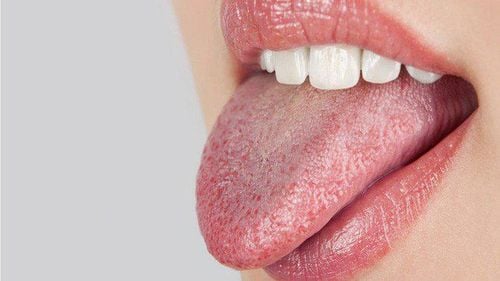
Bạn có thể cảm thấy khô miệng khi dùng thuốc Lofexidine
4. Some notes when using Lofexidine drug
Before using Lofexidine, detoxifiers must tell their doctor or pharmacist their history of drug allergies and any other allergies.Before appointing Lofexidine treatment, please tell your doctor or pharmacist your medical history, especially of: Liver disease, kidney disease, high or low blood pressure, cardiovascular disease (such as coronary heart disease). ), stroke.
Lofexidine that causes dizziness or drowsiness, alcohol or marijuana are substances that can make dizziness or drowsiness worse. At that time, the patient should not drive or use machinery until it is safe to do so.
Lofexidine may affect heart rate and cause QT prolongation. This condition can cause severe (rarely fatal) fast/irregular heartbeat and other symptoms (such as dizziness, fainting) that require immediate medical attention.
The risk of QT prolongation is increased with Lofexidine if the patient has certain medical conditions or is taking other drugs that can prolong QT. Before using Lofexidine, detoxers must tell their doctor or pharmacist of all medications they are taking or have a history of the following problems: cardiovascular disease (such as heart failure, bradycardia, QT prolongation. in ECG), family history of certain cardiovascular diseases (QT prolongation in electrocardiogram, sudden cardiac death).
Hypokalemia or hypomagnesemia is a risk factor for QT prolongation. Especially in patients who are taking certain medications (such as diuretics) or if they are experiencing problems such as excessive sweating, diarrhea or vomiting. Excessive sweating, diarrhea, or vomiting can cause the body to lose too much water and increase the risk of dizziness. Report persistent diarrhea or vomiting to your doctor, and make sure to drink enough fluids to prevent dehydration.
Before surgery, tell your doctor or dentist about all products you are using (including prescription drugs, over-the-counter medicines, and herbal products) such as Lofexidine. Older adults may be more sensitive to the side effects of Lofexidine, especially QT prolongation. Women who are pregnant should only use Lofexidine when clearly needed and should consult their doctor about the possible risks and benefits. There is no evidence that Lofexidine passes into breast milk so consult your doctor before breast-feeding to make sure it is safe.

Phụ nữ mang thai nên cân nhắc kỹ trước khi dùng Lofexidine
5. Lofexidine drug interactions
Drug interactions are factors that can affect primary activity and increase the risk of serious side effects with all drugs, including Lofexidine. Patients should talk to their doctor about all the products they are taking together with Lofexidine, do not start, stop or change the dosage of any co-administered drugs without consulting and getting approval. doctor.Tell your doctor or pharmacist if you are taking other products that also cause drowsiness, such as: alcohol, marijuana, tranquilizers (alprazolam, lorazepam, zolpidem), muscle relaxants (carisoprodol, cyclobenzaprine), antihistamines histamine (cetirizine, diphenhydramine).
Symptoms of Lofexidine overdose may include: dizziness, severe drowsiness. Inform all physicians that the patient is taking Lofexidine and is regularly taking opioids, especially for emergency treatment.
Laboratory tests and/or medical examination (eg, blood pressure measurement, pulse counting) should be performed while the patient is taking Lofexidine.
Lofexidine is used to relieve withdrawal symptoms caused by stopping opioid medications. To ensure the effectiveness of treatment, patients need to take the drug exactly as directed by the doctor or pharmacist.
Please dial HOTLINE for more information or register for an appointment HERE. Download MyVinmec app to make appointments faster and to manage your bookings easily.
Reference source: webmd.com



